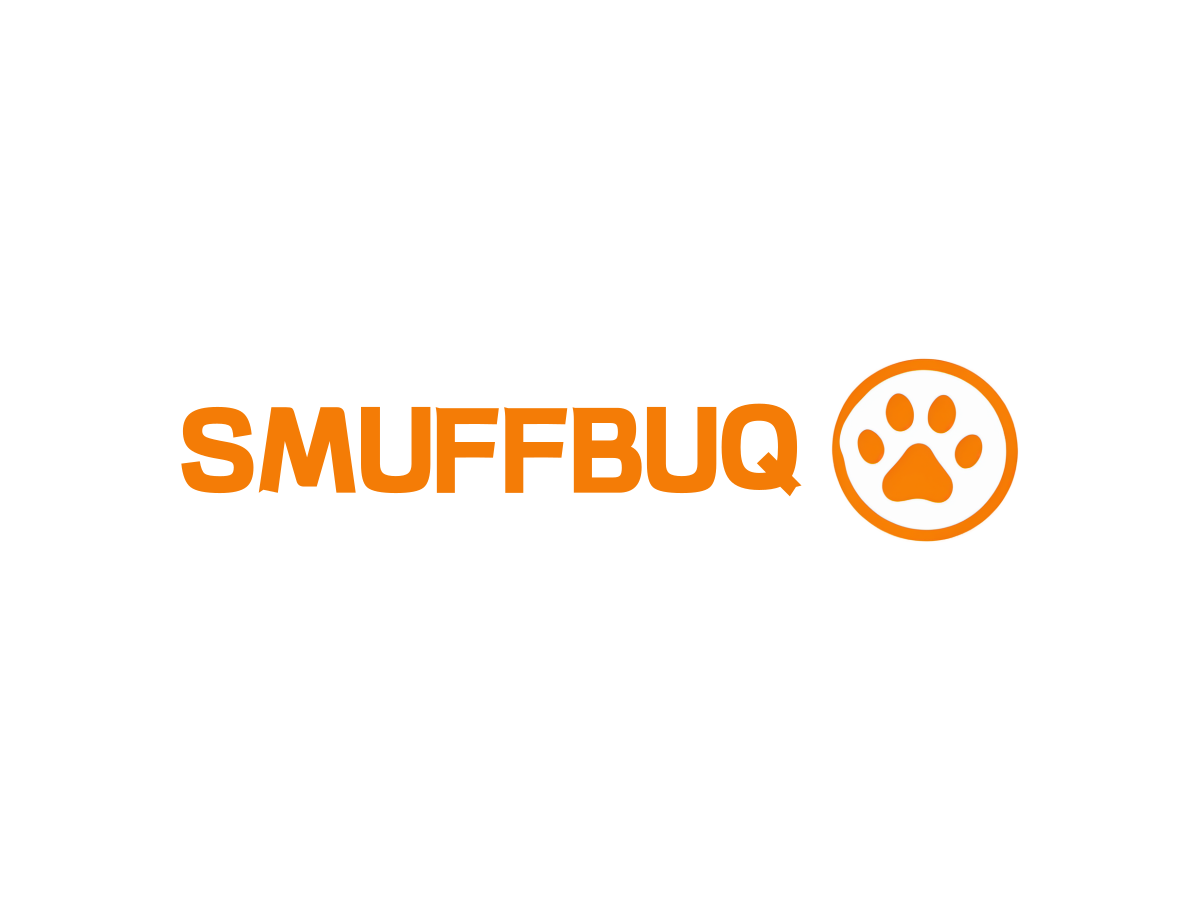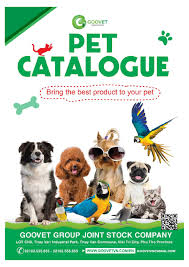How Can a Dog Lift Assisting Harness Help Your Aging or Injured Pet?
Watching your beloved dog struggle to climb stairs or get into the car can be heartbreaking. Mobility issues from age, surgery recovery, or disabilities can severely impact your dog’s quality of life and leave you feeling helpless to assist them.
**A A dog lift assisting harness with handles and padding provides crucial support for dogs with mobility issues1 by distributing weight evenly and giving owners leverage to safely assist with standing, walking, and navigating obstacles
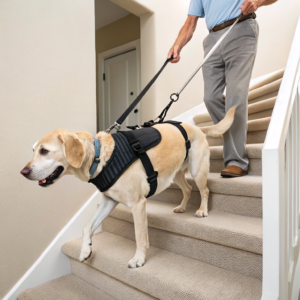
I’ve personally experienced the challenge of helping an aging dog maintain dignity and mobility in their senior years. When my 12-year-old Labrador started struggling with hip dysplasia, finding the right supportive harness transformed both our lives. Let me share what I’ve learned about these specialized harnesses and how they might benefit your four-legged companion.
Is the Help ‘Em Up Harness Veterinarian Recommended?
Have you noticed veterinarians often suggest specific products for post-surgery care? I wondered the same thing when my dog needed mobility assistance after his TPLO procedure, and the Help ‘Em Up name kept coming up.
**The Help ‘Em Up harness is widely recommended by veterinarians, rehabilitation specialists, and canine physical therapists. It’s specifically endorsed for It’s specifically endorsed for post-surgical recovery, senior dog mobility assistance1, and supporting dogs with degenerative conditions like hip dysplasia or arthritis
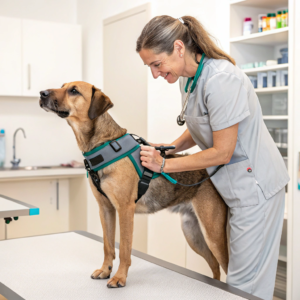
When researching lift harnesses for my own dog’s rehabilitation needs, I discovered there’s significant clinical reasoning behind why this specific model receives such strong veterinary support. The design and functionality offer several advantages from a medical perspective.
Clinical Benefits That Earn Veterinary Support
The Help ‘Em Up harness features a unique two-piece design that provides support at both the front and rear of the dog. This dual-support approach allows for targeted assistance to specific areas while maintaining proper body alignment. Veterinarians particularly appreciate how the rear support cradles the pelvis rather than putting pressure on the abdomen or spine, which could potentially cause injury or discomfort.
The harness’s padding distribution also receives specific praise from veterinary professionals. The strategic placement of padding prevents pressure points from developing during extended wear—a crucial feature for dogs recovering from surgery or those with chronic conditions requiring daily assistance. TheThe neoprene-lined straps and machine-washable design1 also address hygiene concerns that veterinarians consider essential for dogs wearing assistive devices for extended periods
Rehabilitation Applications
In clinical rehabilitation settings, the Help ‘Em Up harness serves multiple therapeutic functions. Physical therapists use it during hydrotherapy sessions, controlled exercise programs, and balance training. The handles provide secure grip points that allow practitioners to provide just enough support without completely taking over the dog’s movement, which helps maintain muscle tone during recovery.
Several veterinary rehabilitation specialists have published case studies documenting improved recovery times when the Help ‘Em Up harness was incorporated into post-surgical protocols, particularly for orthopedic procedures. The evidence suggests that proper support during the critical healing phase can significantly impact long-term mobility outcomes.
| Clinical Application | How Help ‘Em Up Is Used | Veterinary Benefit |
|---|---|---|
| Post-TPLO Surgery | Limited weight-bearing assistance | Prevents strain on surgical site |
| Degenerative Myelopathy | Full rear support while maintaining front mobility | Slows progression of muscle atrophy |
| Geriatric Care | Assistance with standing and navigating obstacles | Reduces risk of falls and secondary injuries |
| Neurological Rehabilitation | Controlled support during gait training | Allows for targeted therapeutic exercises |
| Vestibular Disease | Stability assistance during acute episodes | Prevents injury during balance disruption |
Are Padded Harnesses Better for Dogs?
Many dog owners tell me they’re confused by the variety of harnesses available. I was once asked by a frustrated client, "Does all this extra padding actually help my dog, or is it just marketing?"
**Padded harnesses are better for dogs requiring lift assistance1 because they distribute pressure more evenly, prevent skin irritation, reduce discomfort during lifting, and protect bony prominences from injury
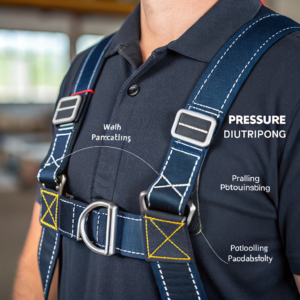
Through my experience with multiple harness designs for dogs with different mobility needs, I’ve observed firsthand how padding quality and placement significantly impact a dog’s comfort and the harness’s effectiveness. The difference isn’t just about comfort—it affects functionality and safety too.
Pressure Distribution Science
The biomechanical principles behind padded lift harnesses reveal why padding matters beyond simple comfort. When lifting a dog, force is concentrated at specific contact points between the harness and the animal’s body. Without adequate padding, these pressure points can create focal stress on tissues, potentially causing bruising, skin breakdown, or even nerve compression with repeated use.
High-quality padded harnesses employ principles similar to those used in human medical devices like crutches and walking braces. The padding compresses and conforms to the dog’s unique body contours, effectively increasing the surface area over which lifting force is distributed. This simple mechanical principle can reduce pressure by 50-70% compared to unpadded designs, a significant difference for dogs with sensitive skin or pain conditions.
Material Considerations in Padding Quality
Not all padding provides the same benefits. Memory foam and closed-cell foam materials offer superior pressure distribution compared to basic cotton batting or open-cell foams that compress too easily. The covering material also matters—medical-grade fleece provides better friction protection than standard fabrics, while moisture-wicking properties prevent skin maceration during extended wear.
I’ve noticed that dogs with particularly sensitive skin or those recovering from surgery benefit most from harnesses using multiple padding densities. Firmer padding provides structural support near handles where lifting forces concentrate, while softer padding works better over bony prominences like the sternum or hip bones.
| Padding Feature | Benefit | Example in Quality Harnesses |
|---|---|---|
| Foam Density | Determines weight distribution capability | Graduated density (firmer near handles) |
| Material Breathability | Prevents heat build-up and skin irritation | Perforated neoprene or cooling fabrics |
| Edge Finishing | Prevents chafing at borders | Bound edges with soft-touch binding |
| Washability | Maintains hygiene for long-term use | Removable padding inserts |
| Anatomical Design | Conforms to specific body regions | Contoured chest and hip padding |
What Is the Best Harness for a Dog That Pulls Out of Them?
One frustrated client came to me after her partially paralyzed dog had escaped from three different harnesses during assistance. "Is there anything that will actually keep him secure while I help him?" she asked desperately.
**The best harness for dogs that pull out of conventional designs is aThe best harness for dogs that pull out of conventional designs is a The best harness for dogs that pull out of conventional designs is a full-body lift harness with interconnected front and rear sections, multiple adjustment points, and security features like safety buckles and chest plates1
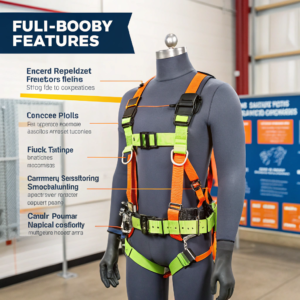
Having worked with numerous dogs during rehabilitation, I’ve encountered the "escape artist" problem many times. Dogs with partial mobility often develop impressive skills at wriggling out of poorly designed harnesses, which can be dangerous when they need support. Through trial and error, I’ve identified specific design elements that create a truly secure lifting solution.
Escape-Resistant Design Elements
The most secure lift harnesses incorporate several critical design features that work together to prevent escape. Y-shaped chest pieces that sit below the neck rather than across the shoulders make backward slipping nearly impossible. Additionally, models with connecting straps between front and rear sections create a unified system that moves as one piece rather than allowing separate components to shift independently when the dog struggles.
Proper sizing and multiple adjustment points are non-negotiable for escape prevention. I’ve found harnesses with at least 5-7 adjustment points provide the customized fit necessary for unusual body shapes or dogs with muscle atrophy. Strategic placement of these adjustment points matters too—the ability to tighten around both the chest and immediately behind the front legs creates two security zones that work together.
Material and Construction Factors
Beyond design, material choice significantly impacts security. Harnesses with some stretch accommodate movement without creating loose spots where a dog can begin the escape process. However, too much elasticity reduces control during lifting. The ideal balance comes from harnesses using neoprene or similar materials with approximately 10-15% give—enough for comfort but not enough to compromise security.
Hardware quality directly affects escape resistance as well. Die-cast metal buckles with safety locks prevent accidental releases that plastic buckles might allow. Double-stitched weight-bearing seams ensure that even determined struggling won’t compromise structural integrity during critical lifting moments.
| Security Feature | Function | Examples in Top Harnesses |
|---|---|---|
| Y-Chest Design | Prevents backward slipping | Help ‘Em Up, Web Master |
| Connecting Straps | Creates unified support system | GingerLead, WalkAbout Harness |
| Belly Band | Provides third security point | Help ‘Em Up, AST Get-a-Grip |
| Safety Buckles | Prevent accidental release | Ruff Wear’s Locking Buckles |
| Non-Slip Material | Creates friction against coat | Neoprene lining, silicone grips |
| Visual Sizing Guides | Ensures proper initial fit | Blue-9’s measurement system |
Conclusion
A quality dog lift harness with padding and secure handles can dramatically improve life quality for mobility-challenged dogs. Whether veterinarian-recommended like the Help ‘Em Up, properly padded for comfort, or designed to prevent escapes, the right support harness becomes an essential tool for maintaining your dog’s dignity, safety, and independence.
-
Learn how safety buckles and chest plates enhance the security and effectiveness of dog harnesses, keeping your pet safe.
with interconnected front and rear sections, multiple adjustment points, and security features like safety buckles and chest plates with interconnected front and rear sections, multiple adjustment points, and security features like safety buckles and chest plates. Models like the Help ‘Em Up, Ruff Wear Web Master, and GingerLead provide escape-resistant support.** ↩ ↩ ↩ ↩ ↩
